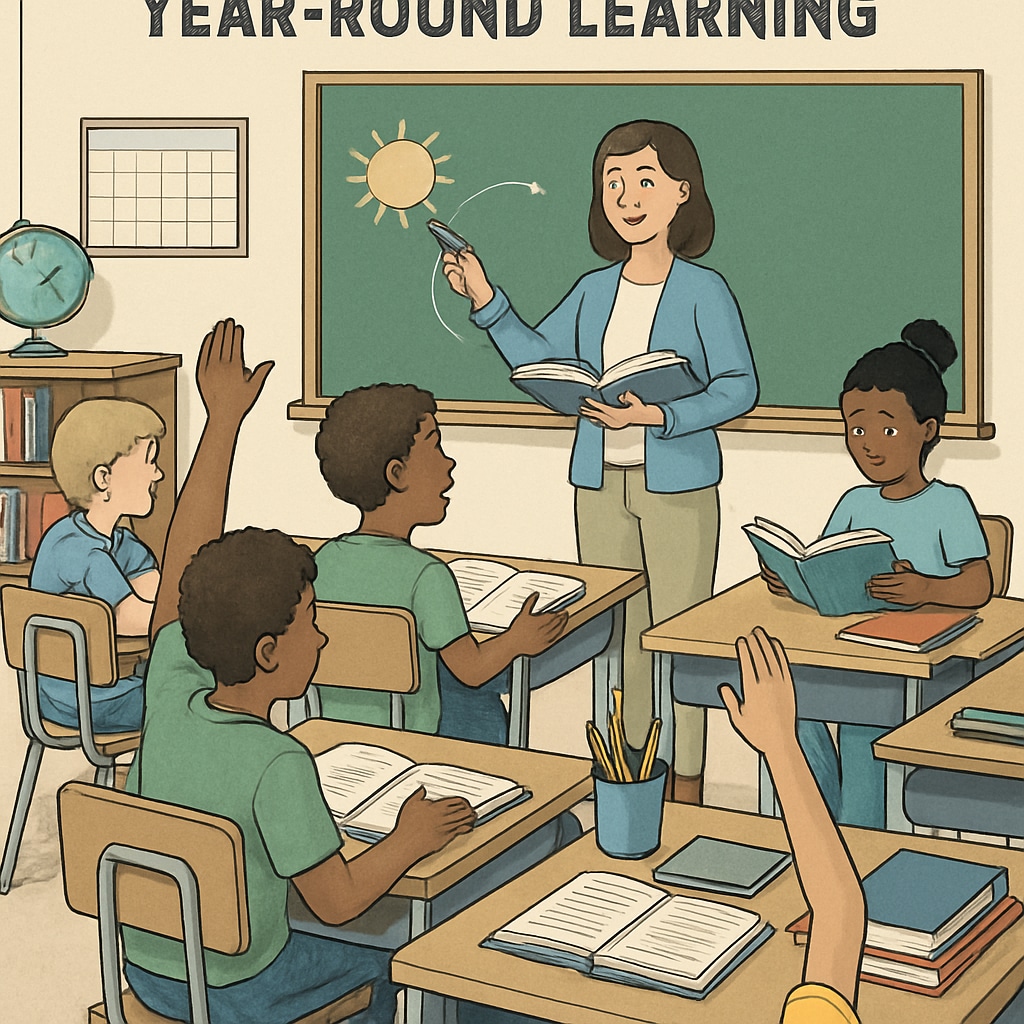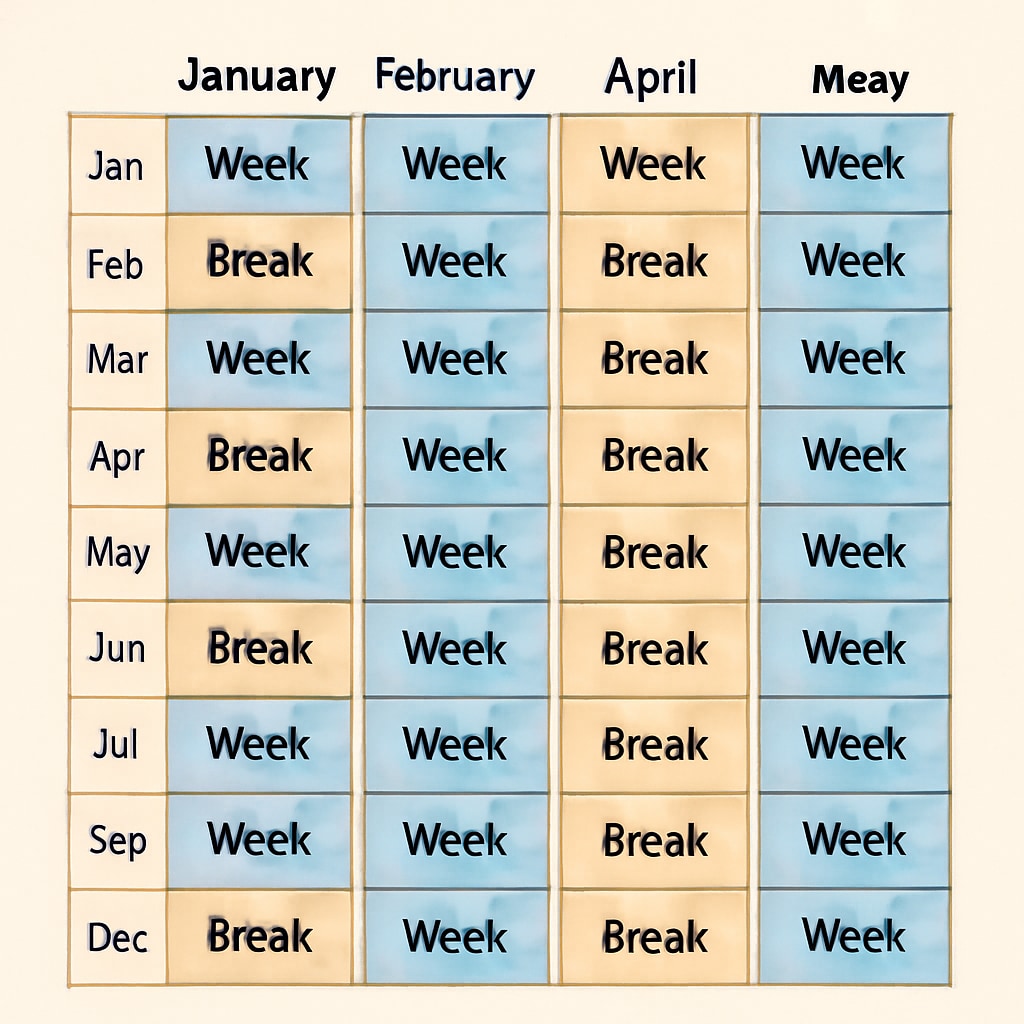Traditional school calendars, characterized by long summer breaks, have long been a staple of the educational system. However, this model has also been associated with the “summer slide,” a phenomenon where students lose a significant portion of the knowledge they acquired during the school year. Year-round schooling, as an alternative, redistributes breaks to minimize this loss and improve knowledge retention. This article explores the potential benefits of year-round schooling for K12 students, focusing on its impact on learning outcomes and overall development.
Understanding the Summer Slide and Its Impact
Summer slide, or summer learning loss, refers to the decline in academic skills and knowledge that occurs when students are out of school for extended periods. Studies show that students, especially those from underprivileged backgrounds, can lose up to two months of math and reading skills during summer vacations. This regression often necessitates weeks of review at the start of the new school year, reducing time available for new learning.

For example, research published by the National Summer Learning Association highlights that the achievement gap between low-income and high-income students widens during the summer months. This disparity underscores the need for a more balanced academic calendar that mitigates prolonged learning interruptions.
Year-Round Schooling: A New Approach to Learning
Year-round schooling does not mean students spend more days in school. Instead, it involves redistributing the 180-day school year into smaller, more frequent breaks throughout the year. A common model is the 45-15 schedule, where students attend school for 45 days and then take a 15-day break. This structure helps prevent learning loss by shortening the duration of time away from the classroom.
Some potential benefits of year-round schooling include:
- Improved knowledge retention: Shorter breaks minimize the likelihood of forgetting material, enabling students to build on their knowledge more effectively.
- Reduced teacher burnout: More frequent breaks can provide educators with opportunities to recharge, improving their overall performance.
- Enhanced student engagement: Regular intervals of rest may help students maintain focus and motivation throughout the year.
For more information on the summer slide, visit Britannica’s article on summer slide. Additionally, the Wikipedia entry on year-round schooling provides a comprehensive overview of its various models and their global adoption.
A Balanced Proposal: One Week On, One Week Off
One innovative approach gaining attention is the one-week-on, one-week-off model. This system ensures a continuous learning rhythm while offering regular breaks for recovery. By maintaining a steady pace, students may experience less stress and find it easier to retain information.
However, implementing such a system requires careful planning and collaboration among educators, parents, and policymakers. Key considerations include:
- Adjusting extracurricular schedules to align with the new calendar.
- Ensuring access to childcare during off weeks to support working families.
- Evaluating the long-term impact on student achievement and well-being.

Challenges and Considerations
While year-round schooling offers numerous advantages, it is not without challenges. Transitioning from a traditional calendar may face resistance from parents accustomed to long summer vacations. Additionally, schools may need to address logistical issues such as facility maintenance and scheduling conflicts.
Despite these hurdles, the potential benefits of year-round schooling for knowledge retention and student development make it a compelling option. As educational systems evolve to meet modern needs, this alternative model could play a crucial role in shaping the future of learning.
In conclusion: Year-round schooling provides a promising solution to the challenges posed by traditional school calendars. By reducing the summer slide and promoting consistent learning, it supports both academic growth and overall well-being. As educators and policymakers continue to explore innovative strategies, rethinking the school calendar may be a pivotal step toward enhancing educational outcomes for all students.


